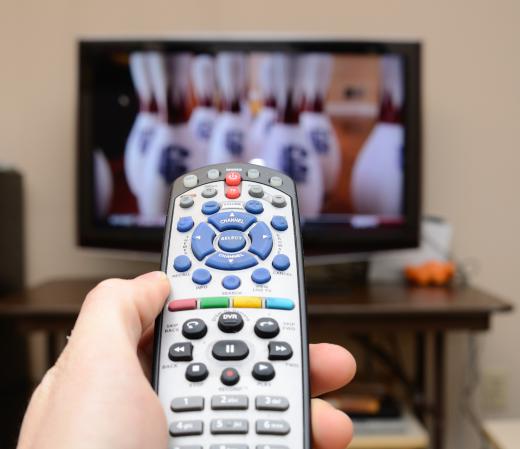Optical coupling is a method of interconnecting two devices to transfer an optical signal using light waves in the field of optoelectronics. In practice, an optical coupling can be a simple connection between two optical cables using a coupling device, or it can be a complex system that links two separate actions through optical devices to make them dependent on, or reactive to, one another. In a broader sense, it can refer to accomplishing any connection using light waves between two or more devices. For example, when a television’s remote control sends an infrared signal to the infrared receiver in the television set, the television and the remote are momentarily optically coupled.
When configuring optical-based electronic systems, it is often necessary to connect two or more fiber optic cables together. This is accomplished by using a device called an optical coupler. Optical couplers are passive devices that allow light to travel from one fiber optic cable to another while at the same time keeping them from coming into direct contact with each other. This isolation allows optical couplers to connect small fiber optic cables to large cables, large cables to small cables, or even one cable to many cables.

In fiber optic computer networks, optical coupling is a key concept. Optical couplers can accept signals transmitted as light waves from one computer on one fiber optic cable and branch it to many computers through many cables, thus distributing the information to an entire network. Likewise, they can collect data from many different source cables and combine them into a single fiber optic cable, which may be connected to the network’s server or other components such as printers or data back-up devices.
Different types of optical couplers exist to provide optical coupling for many special tasks. For example, the United States federal government monitors the Internet using a special optical coupler based on a mirrored prism design. This coupler receives information from a point of access to the Internet over a fiber optic cable in the form of light waves and then, using a prism, splits the light waves into two copies of the original. One copy of the information continues to its destination on the Internet with no more interference or delay than would exist by passing it through a simple optical coupler used to connect two fiber optic cables. The other copy of the information is transmitted to a government facility for analysis.
Many common electronic devices make use of internal closed optical coupling systems. Some power transistors function by receiving an electronic signal, converting it to light, and directing that light toward an internal photo-sensor. Once the sensor detects the light source, the transistor switches on and begins to conduct power. By using light to switch the transistor in response to electronic signals, instead of using the electrical signals directly, the transistor can react to inputs at much faster speeds. Additionally, because the input signal and output signal are isolated from one another by the internal optical coupler, such transistors can send or transfer signals that are very different from those that they receive.
